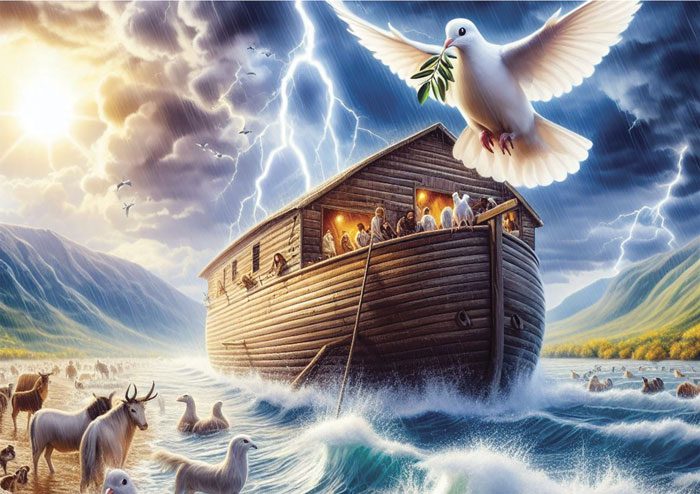
“Of all the animals, man is the only one that is cruel. He is the only one that inflicts pain for the pleasure of doing it.”
Mark Twain
“The Lowest Animal”
The event had been hyped up for weeks by local hotel owners, carnival operators, beer distributors and other hucksters. As intended, the profit margin being the only consideration, when the great day, September 8, 1827, arrived, an estimated 10,000 cheering, gaping tourists crowded along the rapids of the Niagara River and along the rim of the Falls to witness the demise of the Michigan, a double topsail schooner no longer fit for service. As the doomed vessel plunged ever nearer to the thundering rapids, its pilot leaped into a small boat and was rowed safely to shore on the Canadian side of the river. The cheering faded and a hush of anticipation swept the crowd when, as planned, the old ship broke in half and plunged to its death over the raging precipice. According to William Ratigan, author of Great Lakes Shipwrecks and Survivals, there is no record of any of the wreckage of the Michigan ever being found.
If only that was the whole story, simply a matter of cheap entertainment for less than exemplary human beings, on the level of laughing at someone slipping on a banana peel or standing in awe at the exhibits in a circus sideshow. But, alas, it is not. While the local promoters had guaranteed refreshments, comfortable quarters and entertainment for the ravening mob, the main focus was upon the “cargo of furious animals,” imprisoned aboard the old ship. Accounts vary but it seems the doomed passengers consisted of numerous dogs and cats, some hawks, raccoons, a swan, a camel, two bears and a buffalo. The two bears managed to jump ship, one after climbing the mast, and make it to shore. One was put on display, the other apparently escaped. The buffalo was imprisoned in a cage and had no chance at all. It is doubtful that any animals survived the plunge or the several raging eddies downstream. One of the raccoons was reported seen swimming to shore. There is no record of anyone protesting the sadistic extravaganza.
A much deeper and more uncomfortable question lurks beneath the story of the unfortunate Michigan and its helpless cargo. What would possess thousands of people to cheer on such a cruel spectacle? As we go about our daily lives, we pass many persons with whom we are not familiar – in the aisles of the supermarket, at the post office, in the library, while pumping gas at the corner filling station. Most appear to be sane and sober, normal. And yet, both history and experience suggest that many are not. Hannah Arendt, in her timely book The Origins of Totalitarianism, coins the phrase “banality of evil,” explaining that the persons who took part in the Holocaust were not monsters but everyday citizens, indistinguishable from everyone else. Somewhere among all possible explanations it seems that unquestioning obedience to authority is a powerful factor. The infamous, much publicized Milgram experiments at Yale University some years ago suggest as much.
Then, too, subsuming one’s conscience within the embrace of the mob seems to convey a sense of safety, comfort and belonging to many. However, as James Thurber concludes in his fable “The Fairly Intelligent Fly,” “There is no safety in numbers or in anything else.”
I suspect that even though they may not look like monsters, those who commit or acquiesce in atrocities are, nevertheless, monsters who lurk behind the placid, optimistic persona they present to the world. Who lies behind the layers of Masquera or the furry soul patch, St. Francis or Tomas de Torquemada? Which person trundling his grocery cart past you down the aisle would have joined the mob cheering at the spectacle of helpless animals plummeting over Niagara Falls? Which, glutted on a diet of bread and circuses, would have egged on gladiators in the Roman arenas, delighted in scenes of barbarity and bloodshed as Christians and others were torn by wild beasts, would have gleefully acquiesced in the lynching of Emmitt Till? No lynching ever went unattended. Sometimes parents brought along the kiddies. Which would have hooted and jeered at the foot of the Cross? Did any of us have ancestors who laughed and shouted approval as a so-called witch was burned at the stake? “Wow! You should have seen that witch holler when they lit the fire!”
It is undeniable that there is a substantial sadistic element among the human population in most, perhaps all, times and places, those who find gratification in the suffering and death of other creatures, including other humans. There are also those amongst us seeking approval or profit, who would with little hesitation turn their friends and neighbors over to the secret police. It needs only war or societal breakdown or perhaps the promise of cheap thrills in order to raise its ugly head.
The intention here is not to exacerbate feelings of paranoia but to repeat the age-old question asked by Aeschylus – What, if anything, can be done to “Tame the savage heart of man and make gentle the life of the world.”
How to foster a greater understanding and sensitivity with regard to our fellow creatures and a greater attitude of responsibility toward all living things is a conundrum that will bedevil the heart and soul of any member of what the hapless Antigone called “The Tribe Who Asks Why.”
Dr. Christof Koch, a neuroscientist at the California Institute of Technology, posits in his book The Feeling of Life Itself: Why Consciousness is Widespread but Can’t Be Computed that consciousness is a fundamental property of complex nervous networks, that some form of consciousness can be found in all things, that all organisms are sentient. If we accept that concept, then we are required to approach not only our fellow humans but all life forms with caution, sensitivity, even reverence.
- Christian Nationalism Is Blasphemy - August 30, 2025
- The End Of The World - July 29, 2025
- The Lost Ranger - June 29, 2025


 Discover trusted local services and hidden gems with our easy-to-use online directory.
Discover trusted local services and hidden gems with our easy-to-use online directory.

